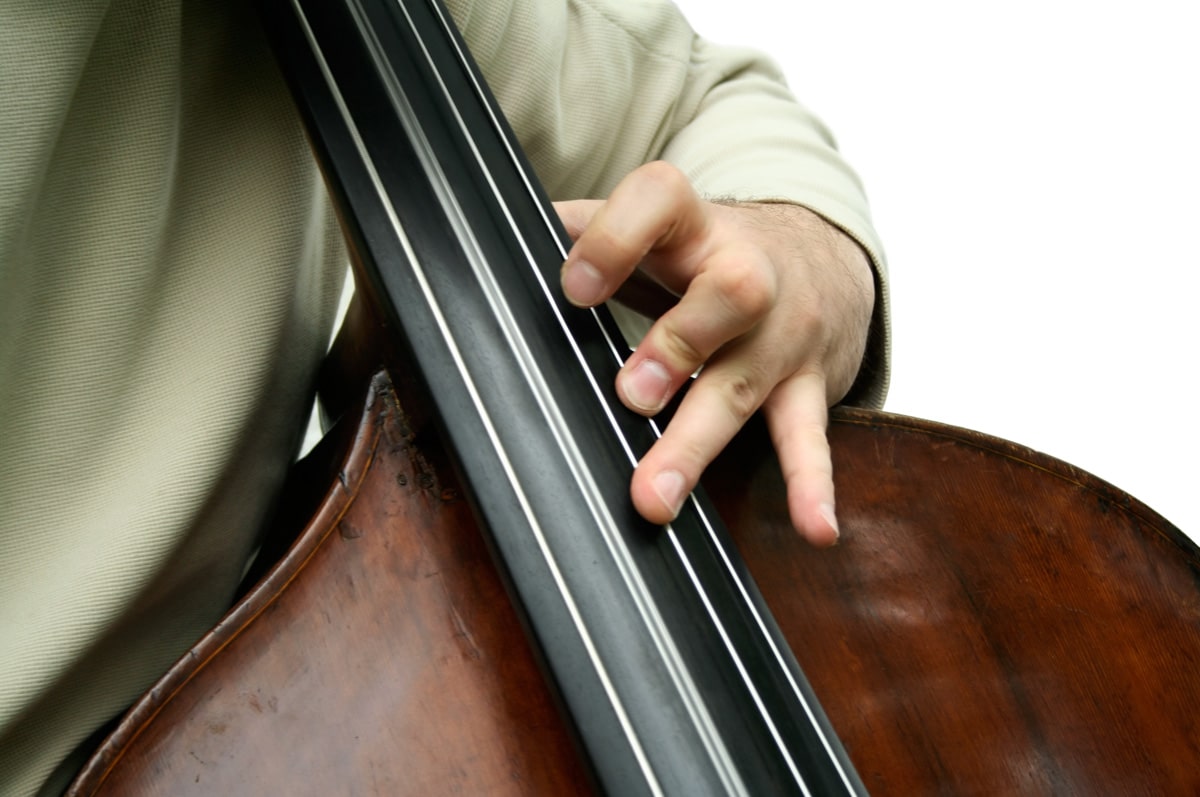
MED-EL
Published Sep 10, 2014
5 Reasons You Want to Hear the Low Frequencies of Sound
Discover the importance of fundamental frequencies in understanding speech and music. Learn how low frequencies, around 125–250 Hz, help distinguish speech stress patterns, nasality, age, gender, moods, and even musical notes like Middle C. These frequencies are crucial for comprehending the nuances in communication and enjoying music.

Let’s play a game.
Say a word out loud, any word, it doesn’t matter.
How many different frequencies of sound do you think that one word contained?
One? Two? More?
Actually, the sound of a single letter or word isn’t just a single frequency. It’s a complex group of different frequency components, all of which will combine to make the sound that you hear. The lowest of all these frequencies is called the “fundamental frequency.”
In humans, adult males will typically have an average fundamental frequency of around 120 Hz, and the average for adult females will be around 200–220 Hz. Children will have even higher average fundamental frequencies, but this will start to lower around the onset of puberty.
So, what do these low frequencies of sound have to do with understanding speech? Well, hearing these frequencies is critical for distinguishing some key features of speech like stress patterns or pitch. Here’s what you can understand by hearing the frequencies of speech around 125–250 Hz:low
The Stresses of Words or Syllables
In many languages, like English, speakers will raise the pitch of their voice to emphasize specific words or syllables.
There’s a famous sentence that linguistic researchers use, “Bev loves Bob”, that is a perfect example of how different stresses can change the meaning of a sentence entirely. If Bev is emphasized, then that means that it’s Bev and not anyone else who loves Bob. If love is emphasized, then it underscores her feeling of love as opposed to another emotion. If Bob is emphasized, then it shows that Bev loves Bob and not someone else. In short, the words in the sentence let you know what was said, but the stresses let you know what was meant.
Nasality: The Sounds [m], [n], and [ng]
The sound of the three consonants [m], [n], and [ng] is the result of air going through the nose instead of the mouth. The nasal cavity, with its soft membranes and walls, emphasizes frequencies around 250–300 Hz and deemphasizes the higher frequencies.
Age and Gender
The fundamental frequencies of speech are different depending on a person’s age and gender. Pitch isn’t the only cue to gender, but low fundamental frequencies are generally male; middle fundamental frequencies are generally female; and high fundamental frequencies are generally from children.
Understanding Moods and Emotions
Being able to hear the range of pitches can help you to better understand the speaker’s mood. Someone who’s excited or angry will speak using a wider fundamental frequency range that extends to higher pitches, while a speaker who may be less-excited or bored will use a restricted or sometimes almost monotonic range of pitches. Being able to hear sounds in the 125–250 Hz range helps to understand the nuances of different speakers.
Music, Up to Middle C
This range of low frequencies of sounds isn’t only good for speech understanding; it also helps with listening to music. Middle C is a musical note that is the middle of a piano’s range, and it is around 261 Hz. An average and untrained male singer will sing most comfortably in a lower range, of around 130–260 Hz. So, being able to hear sounds around 125–250 Hz means you can hear most male baritone or bass singers.
References

MED-EL
Was this article helpful?
Thanks for your feedback.
Sign up for newsletter below for more.
Thanks for your feedback.
Please leave your message below.
Thanks for your message. We will reply as soon as possible.
Send us a message
Field is required
John Doe
Field is required
name@mail.com
Field is required
What do you think?
© MED-EL Medical Electronics. All rights reserved. The content on this website is for general informational purposes only and should not be taken as medical advice. Contact your doctor or hearing specialist to learn what type of hearing solution suits your specific needs. Not all products, features, or indications are approved in all countries.

MED-EL

MED-EL


